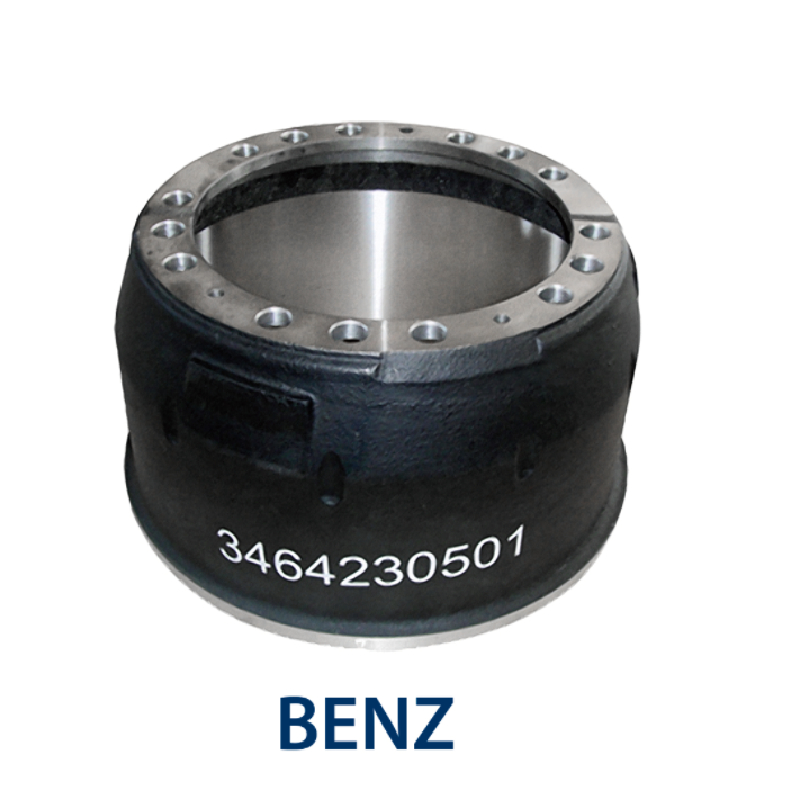تشرینی دووەم . 14, 2024 18:11 Back to list
replacing brake drums
Replacing Brake Drums A Comprehensive Guide
Brake drums are a crucial component of a vehicle's braking system, particularly in drum brake systems commonly found in older vehicles and certain models of trucks and SUVs. Over time, due to wear and tear, brake drums can become warped, cracked, or worn out, leading to compromised braking performance. Understanding when and how to replace brake drums is essential for any vehicle owner. In this article, we will explore the signs that indicate a need for replacement, the tools required, and the steps to perform the replacement safely and effectively.
Signs You Need to Replace Brake Drums
1. Unusual Noises If you hear grinding or scraping noises when applying the brakes, this could indicate that the brake pads are worn down and have begun to damage the drum surface.
2. Vibrations Feeling vibrations in the brake pedal when slowing down is a sign that the brake drums may be warped or out of round.
3. Poor Braking Performance If your vehicle takes longer to stop, or if you experience a pulsing sensation during braking, it could mean that the brake drums are past their service life.
4. Visual Inspection Regularly inspect your brake drums for visible signs of wear, such as cracks, significant scoring, or deformation. If any of these issues are present, it’s time for a replacement.
Tools and Materials Needed
To replace brake drums, you’ll need a variety of tools and materials
- Lug wrench For removing wheel nuts. - Jack and jack stands To lift and stabilize the vehicle. - Brake drum puller To aid in removing the drum if it is stuck. - Replacement brake drums Make sure to choose drums that are compatible with your vehicle. - Brake cleaner To clean any debris and old grease off the components. - Socket set and ratchet For removing bolts attached to the brake assembly.
Steps to Replace Brake Drums
replacing brake drums

1. Prepare Your Vehicle Park your vehicle on a flat surface, engage the parking brake, and place wheel chocks behind the rear wheels to prevent rolling.
2. Loosen Lug Nuts Use a lug wrench to slightly loosen the lug nuts on the wheel you will be working on, but do not remove them completely at this stage.
3. Raise the Vehicle Use a jack to lift the vehicle and secure it with jack stands. Ensure it is stable before proceeding.
4. Remove the Wheel Once the vehicle is secure, remove the loosened lug nuts and take off the wheel.
5. Remove the Brake Drum If the brake drum is easily removable, take it off. If it is stuck, use a brake drum puller for assistance. Check for any dust or debris inside the drum and clean it with brake cleaner.
6. Inspect the Brake Components Before installing new drums, inspect the brake shoes and hardware for wear. Replace any worn components as necessary.
7. Install New Brake Drums Fit the new brake drum onto the wheel hub. Ensure it is seated properly.
8. Reattach the Wheel Place the wheel back on and hand-tighten the lug nuts. Lower the vehicle back to the ground and then fully tighten the lug nuts in a star pattern to ensure even tightening.
9. Test Your Brakes Before driving, pump the brake pedal several times to ensure the brake shoes are seated against the new drum. Check for any unusual noises or performance issues.
Conclusion
Replacing brake drums is a straightforward process that can greatly enhance your vehicle’s braking performance and safety. Regular maintenance and timely replacements can prevent more significant issues down the road. If you are ever in doubt about your brake system, consult with a professional mechanic to ensure your safety on the road. By keeping your braking system in top condition, you contribute to not only your vehicle's performance but also to your own safety and that of others on the road.
-
Explore Japan: Ultimate Travel Guide & Authentic Experiences
NewsAug.19,2025
-
Your Brake Drum Man: Premium & Reliable Brake Drums for Sale
NewsAug.18,2025
-
ROR Web Development: Build Fast, Scalable, Secure Apps
NewsAug.17,2025
-
Scania Brake Drums: OEM Quality for Optimal Safety & Durability
NewsAug.16,2025
-
R.V.I: Advanced Remote Visual Inspection for Precision
NewsAug.15,2025
-
Discover HYUNDA: Innovative Vehicles, Equipment & Solutions
NewsAug.14,2025
